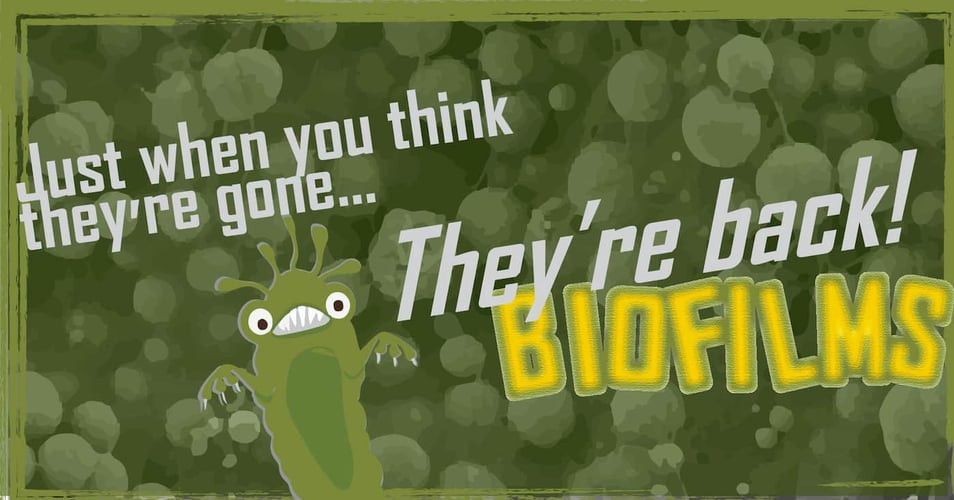Architecture, urban planning and law, each of which are all-consuming disciplines, typically demand a lifetime of singular focus. Each profession...
Professional Profile: Mark G. Barksdale, AIA, NOMA, NCARB, MSUP/PP, JD

![EOScu Logo - Dark - Outlined [07182023]-01](https://blog.eoscu.com/hubfs/Eoscu_June2024/Images/EOScu%20Logo%20-%20Dark%20-%20Outlined%20%5B07182023%5D-01.svg)

















